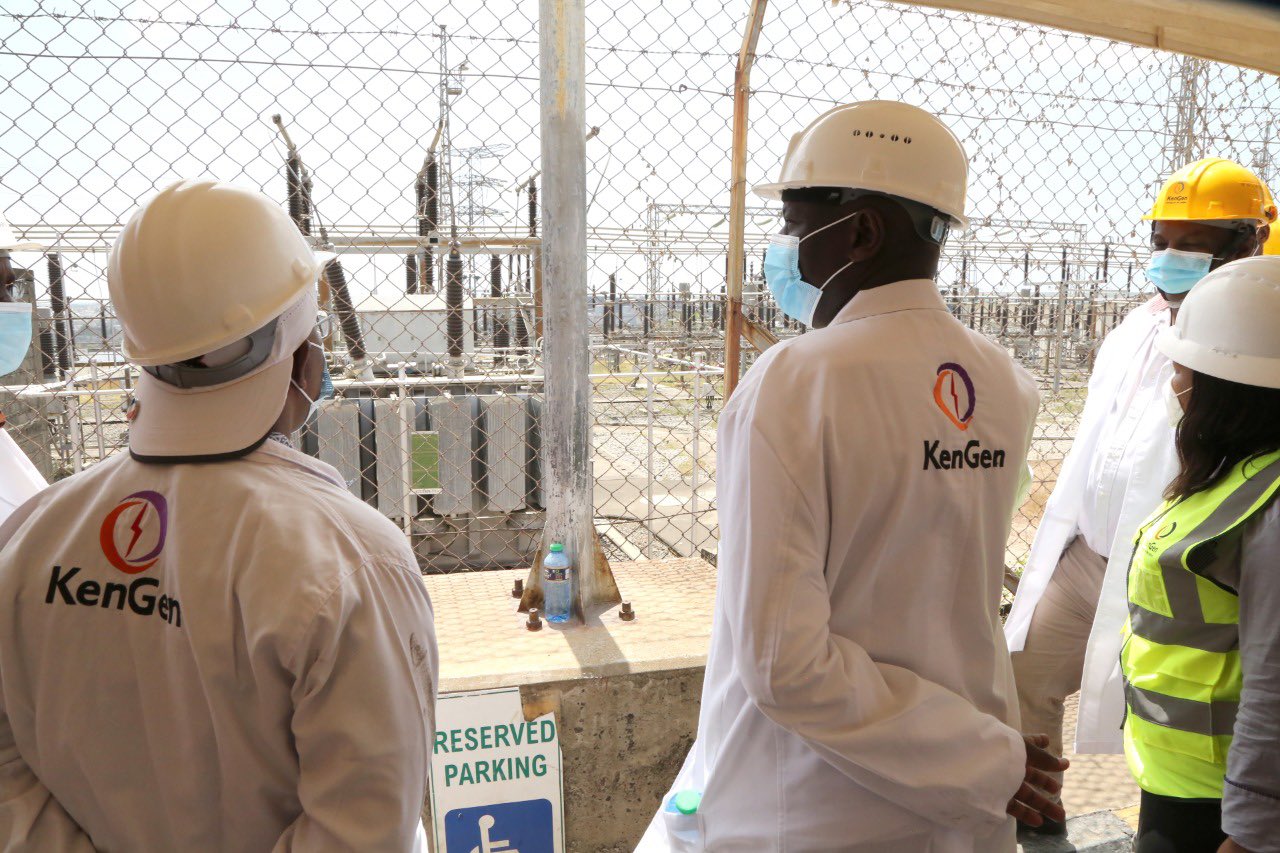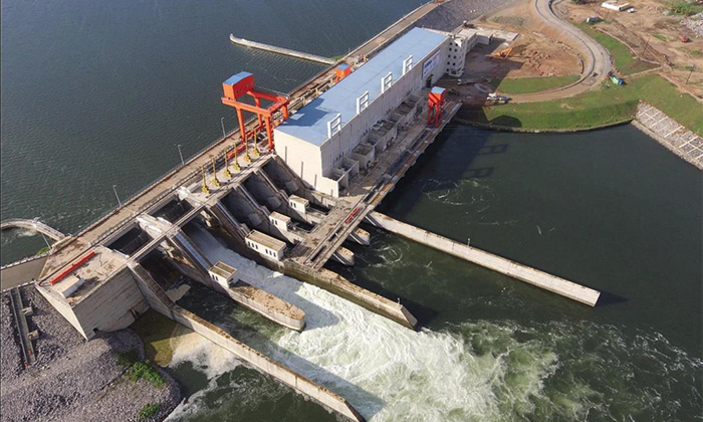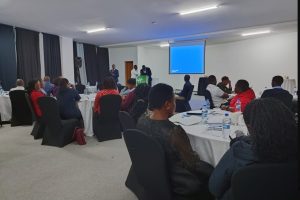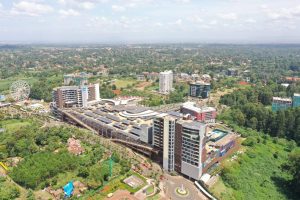Kenya Electricity Generating Company (KenGen) plans to raise the Masinga Dam’s wall and install equipment to pump downstream water back to ensure a steady supply of cheap hydroelectric power throughout the year.

KenGen will raise the dam by 1.5 metres from the current 1,056.5 metres, increasing water holding capacity by 188 million cubic metres.
Heavy rains occasionally cause the dam to overflow when the water hits the maximum level, leading to a loss of millions of litres, a resource the raised wall will conserve.
Masinga Power Station chief engineer Johnson Ndege, citing KenGen, said the upgrade would enable the dam to store more water during heavy rains and ensure a steady hydropower production even during prolonged drought.
Hydropower remains Kenya’s cheapest source of electricity. Masinga Dam produces 40 megawatts daily from its two units.
During dry spells, water levels in Kenya’s hydroelectric dams often plummet, as is currently the case, cutting hydropower output and triggering an increase in the use of expensive diesel-generated electricity as an alternative.

This often raises power bills for homes and businesses because the available hydroelectric energy is not sufficient. It only meets about half of the economy’s power needs.
KenGen also plans to adopt a pumped storage hydropower generation strategy.
Upper reservoir
Under the plan, widely practised in the United States and Europe, the stored water is pumped in a cycle between dams, during nighttime and weekends when electricity demand is rock-bottom, with one dam located below the other.
During peak demand, the stored water is released through turbines, flowing downhill from the upper reservoir into the lower — generating electricity.
KenGen bets on this arrangement to work well at the Seven Forks cascade since Masinga, the first dam of the reservoirs, sits on higher ground.
Sevent Forks hydropower stations along Tana River include Masinga, Kamburu, Gitaru, Kindaruma, and Kiambere.
Additional reporting via Business Daily


















